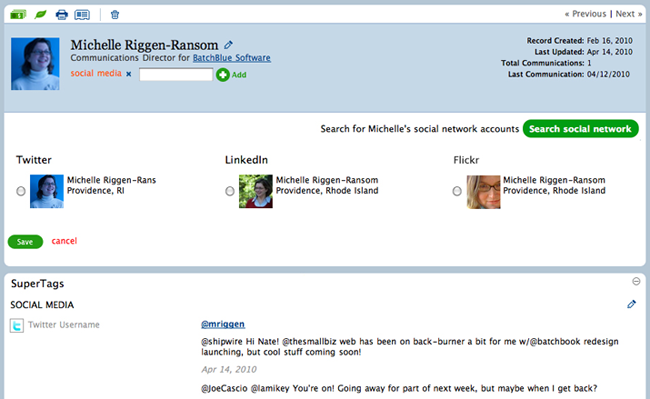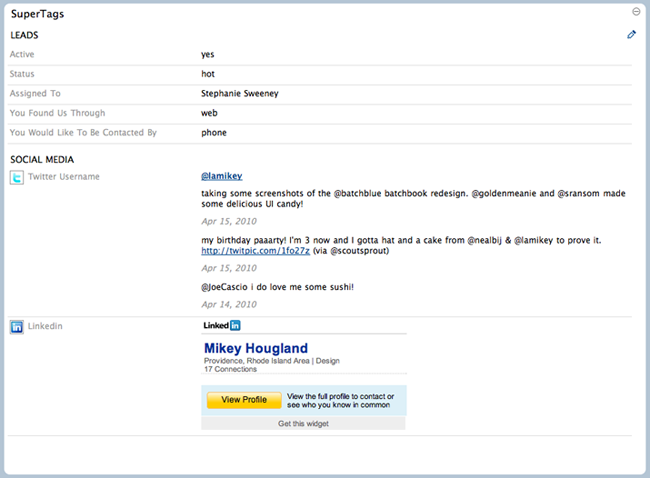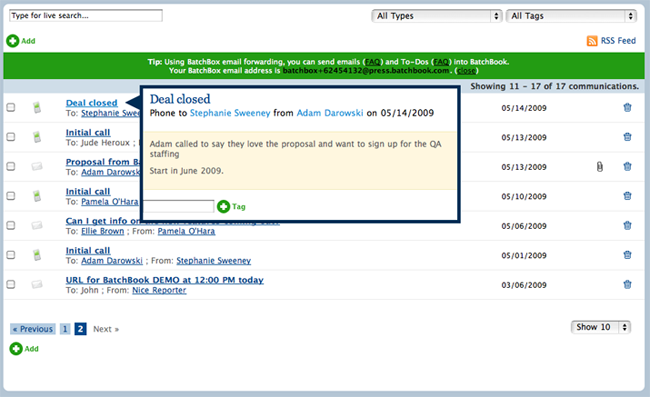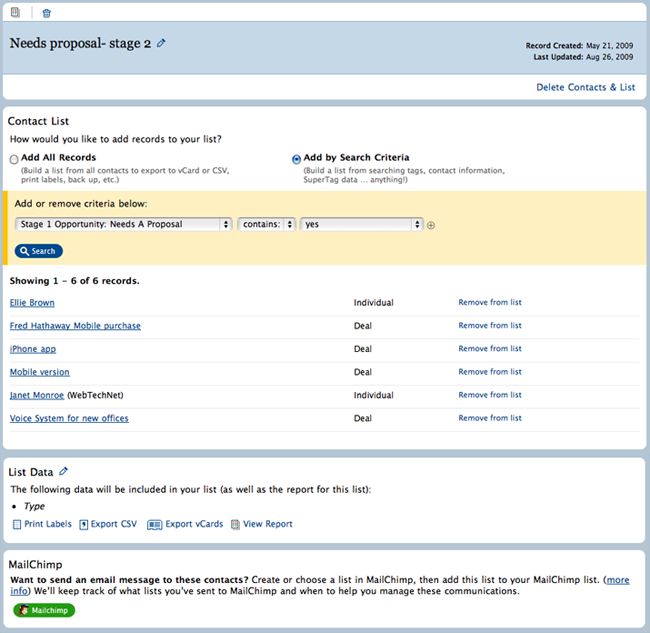The more tax deductions your business can legitimately take, the lower its taxable profit will be. Also, in addition to putting more money into your pocket at the end of the year, the tax code provisions that govern deductions can also yield a personal benefit: a nice car to drive at a small cost, or a combination business trip and vacation. It all depends on paying careful attention to IRS rules on just what is, and isn’t, deductible. And sometimes that’s more complex than you think. Still, don’t overlook these important business tax deductions.
1. Auto Expenses
If you use your car for business, or your business owns one or more vehicles, you can deduct some of the costs of keeping it on the road. Mastering the rules of car expense deductions can be tricky, but well worth your while.
There are two methods of claiming expenses:
• Actual expense method. You keep track of and deduct all of your actual business-related expenses.
• Standard mileage rate method. You deduct a certain amount (the standard mileage rate) for each mile driven, plus all business-related tolls and parking fees. In 2011 the standard mileage rate is 51 cents per business mile driven from January through June, and 55.5 cents per business mile driven from July through December.
As a rule, if you use a newer car primarily for business, the actual expense method usually provides a larger deduction at tax time. If you use the actual expense method, you can also deduct depreciation on the vehicle. To qualify for the standard mileage rate, you must use it the first year you use a car for your business activity. Moreover, you can’t use the standard mileage rate if you have claimed accelerated depreciation deductions in prior years, or have taken a Section 179 deduction for the vehicle. (For more on Section 179, see “New Equipment,” below.)
If your auto is used for both business and pleasure, only the business portion produces a tax deduction. That means you must keep track of how often you use the vehicle for business and add it all up at the end of the year. Certainly, if you own just one car or truck, no IRS auditor will let you get away with claiming that 100% of its use is related to your business.
2. Expenses of Going into Business
Once you’re running a business, expenses such as advertising, utilities, office supplies, and repairs can be deducted as current business expenses, but not before you open your doors for business. The costs of getting a business started are capital expenses, and you can elect to deduct up to $5,000 of business start-up and $5,000 of organizational costs for a business started in 2011; any remainder must be deducted in equal amounts over the next 15 years.
If you expect your business to make a profit immediately, you may be able to work around this rule by delaying paying some bills until after you’re in business, or by doing a small amount of business just to officially start. However, if, like many businesses, you will suffer losses during the first few years of operation, you might be better off taking the deduction over five years, so you’ll have some profits to offset.
3. Bad Debts
If your business has uncollectable invoices from customers or clients, then bad debt may or may not be deductible. It depends on the kind of product your business sells.
• If your business sells goods, you can deduct the cost of goods that you sold but were not paid for.
• If your business provides services, no deduction is allowed for time you devoted to a client or customer who doesn’t pay.
4. Business Entertaining
If you pick up the tab for entertaining present or prospective customers, you may deduct 50% of the cost if it is either:
• directly related to the business and business is discussed at the event, for example, a catered meeting at your office; or
• associated with the business, and the entertainment takes place immediately before or after a business discussion.
On the receipt or bill, always make a note of the specific business purpose, for example, “Lunch with Doug Boswell of Solid Growth Accounting Services to discuss the monthly financial reports.”
5. Travel
When you travel for business, you can deduct many expenses, including the cost of plane fare, costs of operating your car, taxis, lodging, meals, shipping business materials, cleaning clothes, telephone calls, faxes, and tips.
It’s OK to combine business and pleasure, as long as business is the primary purpose of the trip. However, if you take your family along, you can deduct only your own expenses.
6. Interest
If you use credit to finance business purchases, the interest and carrying charges are fully tax-deductible. The same is true if you take out a personal loan and use the proceeds for your business. Be sure to keep good records demonstrating that the money was used for your business.
7. New Equipment
Some small businesses can write off the full cost of some assets in the year they buy them, rather than capitalizing them and then deducting their cost over a number of years.
Section 179 of the Internal Revenue Code allows you to deduct up to $500,000 of the cost of new equipment or other assets in 2011. This is subject to a phase-out if you place more than $2 million of equipment in service. Some assets don’t qualify for this Section 179 deduction, including real estate, inventory bought for resale, and property bought from a close relative. The annual deduction amount goes down to $125,000 in 2012.
There is also a first-year bonus depreciation deduction in effect for 2010 through 2012. This special deduction allows taxpayers to depreciate an additional 50% or 100% of the adjusted basis of qualified property during the first year the property is placed in service. This deduction can be taken in addition to the Section 179 deduction and offers tremendous tax savings. For the calendar year 2011, the first-year bonus depreciation is 100%. For calendar year 2012, the first-year bonus depreciation amount is 50%.
8. Taxes
Taxes incurred in operating your business are generally deductible. How and when they are deducted depends on the type of tax:
• Sales tax on items you buy for your business’s day-to-day operations is deductible as part of the cost of the items; it’s not deducted separately. However, tax on a big business asset, such as a car, must be added to the car’s cost basis; it isn’t deductible entirely in the year the car was bought.
• Excise and fuel taxes are separately deductible expenses.
• If your business pays employment taxes, the employer’s share is deductible as a business expense. Self-employment tax is paid by individuals, not their businesses, and so isn’t a business expense.
• Federal income tax paid on business income is never deductible. State income tax can be deducted on your federal return as an itemized deduction, not as a business expense.
• Real estate tax on property used for business is deductible, along with any special local assessments for repairs or maintenance. If the assessment is for an improvement — for example, to build a sidewalk — it isn’t immediately deductible; instead, it is deducted over a period of years.
9. Education Expenses
You can deduct education expenses if they are related to your current business, trade, or occupation. The expense must be to maintain or improve skills required in your present employment. The cost of education that qualifies you for a new job isn’t deductible.
10. Advertising and Promotion
The cost of ordinary advertising of your goods or services, such as business cards, yellow page ads, and so on, is deductible as a current expense. Promotional costs that create business goodwill, for example, sponsoring a peewee football team, are also deductible as long as there is a clear connection between the sponsorship and your business. For example, naming the team the “Solid Growth Accounting Dodgers” or listing the business name in the program is evidence of the promotion effort.
Here are some additional routine deductions that many business owners miss. Keep your eye out for them.
• DVDs, CDs, audiotapes and videotapes related to business skills
• bank service charges
• business association dues
• business gifts
• business-related magazines and books
• casual labor and tips
• casualty and theft losses
• coffee and beverage service
• commissions
• consultant fees
• credit bureau fees
• moving expenses
• office supplies
• online computer services related to business
• parking and parking meters
• petty cash funds
• postage
• promotion and publicity
• seminars and trade shows
• taxi and bus fare
• telephone calls away from the business
Note: Just because you didn’t get a receipt doesn’t mean you can’t deduct the expense, so keep track of those small items.
 The proper reconciliation of bank statements is vital for any small business. Even if you don’t have an accountant on staff, this procedure must be done monthly. Whether you use software such as QuickBooks, or you simply keep track of your bank records, you need to double-check that everything adds up.
The proper reconciliation of bank statements is vital for any small business. Even if you don’t have an accountant on staff, this procedure must be done monthly. Whether you use software such as QuickBooks, or you simply keep track of your bank records, you need to double-check that everything adds up.











